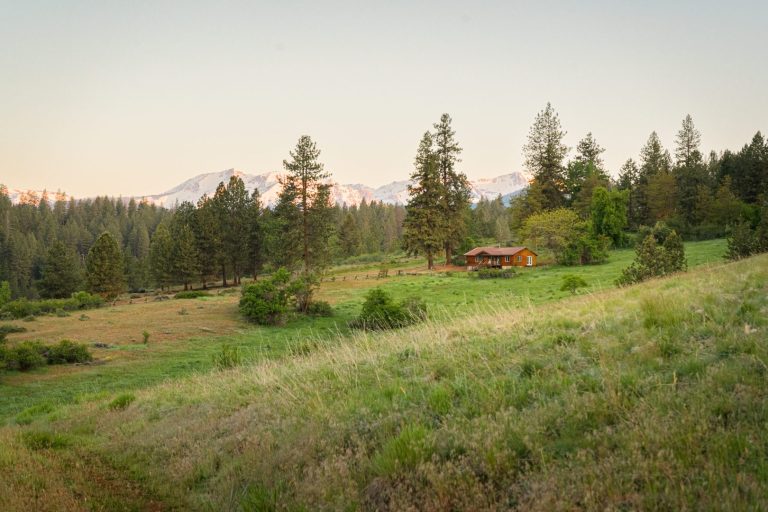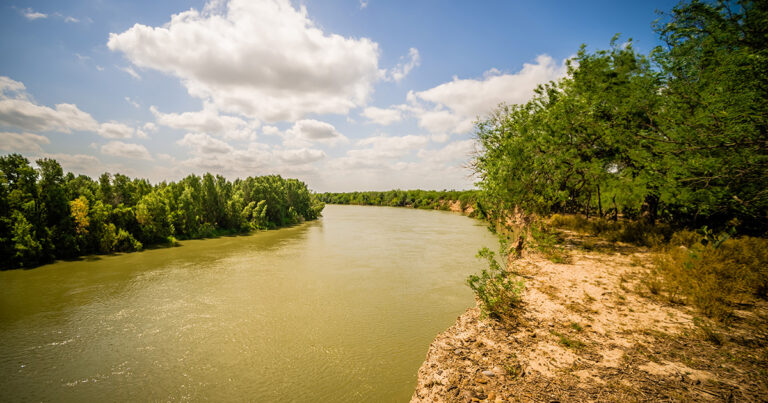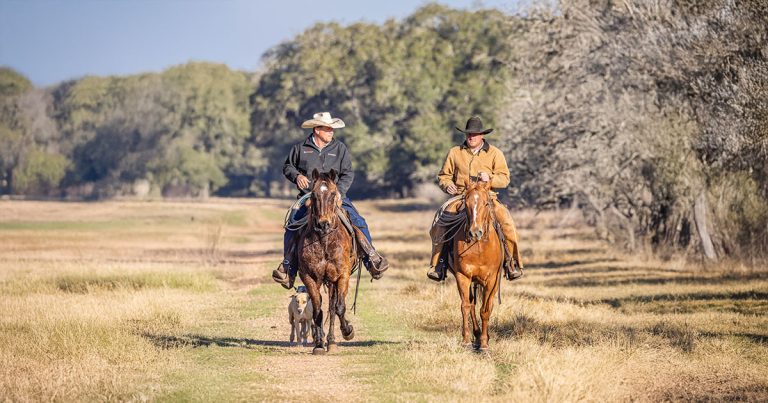The United States is home to some of the most vast and diverse natural landscapes in the world. If you are planning a trip, remember that one of the best ways to explore each state is through its national parks.
The list of the largest parks in the United States is very much dominated by Alaska, known for the purest and untouched areas in the world.
1. Wrangell-St. Elias - Alaska
13,175,799 acres

Wrangell-St. Elias National Park and Preserve, located in Alaska, is the largest national park in the United States. It covers an area of roughly 13 million acres and was established as a U.S. national park in 1980 by President Jimmy Carter. The vast expanse of this wilderness encompasses mountains, glaciers, lakes, rivers, forests and tundra ecosystems that are home to many species of wildlife including grizzly bears, moose, caribou and Dall sheep. This impressive landscape also includes active volcanoes such as Mount Wrangell which last erupted in 1910.
2. Gates Of The Arctic - Alaska
8,472,506 acres

It was established by Congress in 1980 to protect a unique wilderness area made up of mountains, tundra, glaciers, rivers and lakes. The 8.4 million acre park has no roads or trails leading into it; instead, visitors must fly into designated airstrips or make use of river boats for access.
The natural beauty of Gates of the Arctic is unparalleled with its rugged mountain peaks that rise above vast arctic plains and extensive wetlands teeming with life. Wildlife such as grizzly bears, wolverines, and caribou can be found throughout the park along with over 200 species of birds including trumpeter swans, eagles, and peregrine falcons.
3. Denali - Alaska
4,740,911 acres

Denali National Park and Preserve is one of the largest national park in the United States, located in south-central Alaska. Spanning 6 million acres of land, it encompasses a variety of ecosystems including boreal forest, tundra, glacier ice fields and mountainous terrain. The centerpiece of this park is Mount McKinley (also known as Denali), which stands at an impressive 20,310 feet tall.
The park has been home to numerous species since prehistoric times and continues to provide habitat for large mammals such as grizzly bears, wolves, moose, caribou and Dall’s sheep. There are over 450 species of birds that can be found here throughout the year.
4. Katmai - Alaska
4,093,077 acres

Katmai National Park, located in the state of Alaska, was created by President Woodrow Wilson as a national monument in 1918. It is approximately 4 million acres and includes the Valley of Ten Thousand Smokes and Mount Katmai, which are two of its most iconic features. The park is known for its active volcanoes and unique geothermal areas that attract visitors from around the world.
In addition to its geological wonders, Katmai National Park has significant wildlife habitats including over 2,000 species of plants and animals. Brown bears can be seen fishing along the rivers; salmon runs bring large numbers of fish every year; bald eagles soar overhead looking for their next meal; caribou migrate through the area seasonally; moose wander amongst the willow thickets searching for food; and sea otters swim among kelp beds in nearby bays.
5. Death Valley National Park - California & Nevada
3,373,063 acres

Death Valley, located in both California and Nevada, is the 5th largest national park in the United States at 3.3 million acres. It was designated a national park on October 31, 1994 to preserve its unique geological features and wildlife that inhabit this harsh desert environment. The name ‘Death Valley’ originates from an episode of extreme heat experienced by early pioneers who crossed it in 1849-1850 during their journey to California gold fields.
The park has several distinct ecosystems ranging from sand dunes and salt flats to high mountain peaks with snowfields up to 11,000 feet above sea level. Death Valley also contains many species of plants and animals which have adapted to survival in these hostile conditions such as bighorn sheep, coyotes, foxes, wild burros, golden eagles, kangaroo rats and more.
6. Glacier Bay National Park - Alaska
3,223,384 acres

Glacier Bay National Park and Preserve is located in southeast Alaska and spans across 3.2 million acres of land. It was established as a national monument in 1925 by President Calvin Coolidge, before being designated as a UNESCO World Heritage Site in 1979. This park is known for its temperate environment which features glaciers, fjords, and snow-capped mountains. The majority of the park’s visitors come to observe the area’s many species of wildlife including humpback whales, orcas, sea lions, bald eagles, grizzly bears, and mountain goats. Additionally, Glacier Bay offers various recreational activities such as kayaking, canoeing, fishing, camping, hiking trails, and whale-watching tours.
7. Lake Clark - Alaska
2,619,816 ACRES

Lake Clark National Park and Preserve, located in Alaska’s southcentral region, is one of the largest national parks in the United States. This park offers a wide variety of ecosystems from mountains to tundra plains and boreal forests. The area contains numerous rivers, lakes and streams for fishing or kayaking opportunities along with spectacular views of volcanoes and glaciers. Wildlife includes brown bears, Dall sheep, caribou, wolves and bald eagles among many other species of birds and mammals.
The park was first established as a federally protected area by President Jimmy Carter in 1980 under the Alaska National Interest Lands Conservation Act (ANILCA).
8. Yellowstone - Montana, Wyoming, Idaho
2,219,791 acres

Established in 1872, Yellowstone National Park is the oldest national park in the United States. Located primarily within Wyoming, but also stretching into Montana and Idaho, this vast land contains a large number of geothermal features as well as hundreds of species of mammals, birds, fish, and reptiles. Yellowstone contains one of the world’s largest calderas which was created by an ancient volcanic explosion that left behind many hot springs, mudpots and geysers including Old Faithful. The park sits at elevations ranging from 6,000 to 11,000 feet above sea level.
The region offers a variety of recreational activities for visitors including hiking trails (over 900 miles), camping sites (12 campgrounds open year-round) and fishing opportunities with five major lakes located within its boundaries.
9. Kobuk Valley - Alaska
1,750,716 ACRES

Kobuk Valley National Park, located in Northwest Alaska, is one of the ten largest national parks in the United States. Established as a preserve by President Jimmy Carter on December 2nd, 1980, it covers an area of 1,795 square miles and incorporates Kobuk River sand dunes that are among the most significant natural features in North America. The park contains vast boreal forests populated with wildlife such as wolves, caribou, moose, lynx and wolverines.
The main attraction of this park lies in its sweeping sand dunes formed from prehistoric glacial lakes. These dunes reach up to 100 feet high and span over 17 miles long along the Kobuk River valley floor. This unique landscape also includes mountains rising up to 3200 feet above sea level.
10. Everglades - Florida
1,508,938 ACRES

The Everglades National Park, located in southern Florida covering 1.5 million acres, is the largest subtropical wilderness area in the United States. It is a vital part of one of the world’s most diverse ecosystems and is home to 36 threatened or protected species including manatees, American crocodiles, and the elusive Florida panther. The park offers an extensive network of hiking trails for visitors to explore its unique wetlands and observe wildlife from observation towers and boardwalks built throughout the park.






